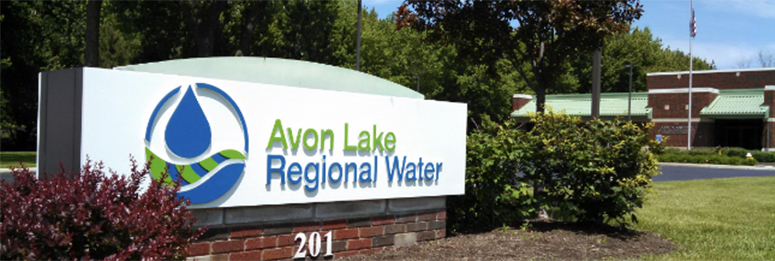Avon Lake's Innovative Lateral Separation Program

Unlike many waterbodies in the United States, the Great Lakes pose unique opportunities and challenges. On one hand, its miles of coastline and open water provide a boon for economic activity and recreation. However, the challenges, such as addressing water quality concerns, are multi-faceted and require the coordination between numerous states, not to mention Canada. This situation, however, does not prevent utilities like Avon Lake Regional Water from initiating impactful projects.
Located on the shores of Lake Erie, Avon Lake Regional Water treats water for its population of 24,000, as well as several bulk contracts. At the helm is Todd Danielson, who also serves as Co-Chair for NACWA’s Small & Medium Utility Workgroup. According to him, Avon Lake’s smaller size allows it to be more adaptable and pragmatic in its decision-making, without the potential bureaucratic inertia of larger utilities. This innovative approach is evident in the Avon Lake’s Lateral Separation Program.
The program draws in part on necessity, public participation, and creative approaches to solving the issue of creating separate sewer lines. Like many older cities, homes and businesses relied on laterals to transport all water (both stormwater and wastewater) into one combined sewer. To prevent further flooding associated with these laterals, Avon Lake sought to initiate a program to create separate systems of laterals going to a storm sewer and sanitary sewer. However, these separations can be costly for homeowners.
In order to honor the requirement where public money cannot be used for private benefit, Avon Lake created a novel program with Ohio EPA’s assistance under the Clean Water State Revolving Fund (SRF) to offer low-interest loans to ratepayers to offset the cost of these separations. According to Danielson, this is the first program of its kind in Ohio and has enjoyed excellent participation. In fact, since the program began in Summer 2016, Avon Lake Regional Water has executed over 200 loan agreements and roughly half of these projects have been completed.
Looking to the future, Danielson hopes this project will grow in size and scope to include more projects beyond simply separating laterals to include other ways to prevent private property clean water from entering the sanitary sewer. This project underscores the incredible work by some of NACWA’s small/medium sized utilities to elicit big changes in the communities they serve.